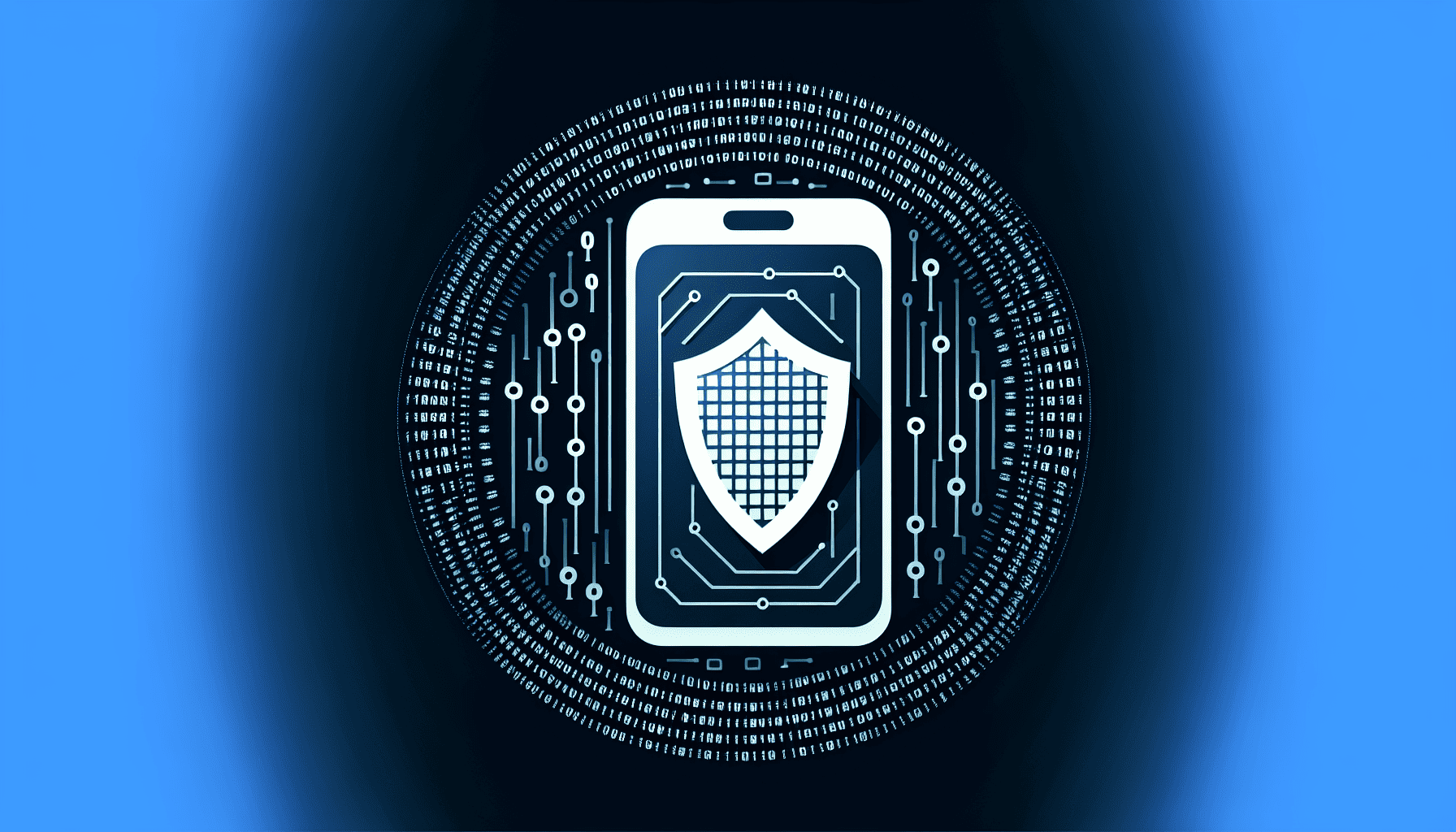In today's digital age, applications are at the core of business operations and personal activities, underscoring the critical importance of app security. As apps continue to evolve and grow in complexity, they also become attractive targets for cybercriminals. Ensuring the security of your applications not only protects sensitive data but also preserves user trust and compliance with regulatory standards.
Understand the Importance of Security from the Start
A common mistake in app development is considering security as an afterthought. Instead, integrating security measures from the inception of the development process ensures that every piece of code is scrutinized for vulnerabilities. This holistic approach to security is known as "security by design" and is crucial in minimizing risks.
Implement Authentication and Authorization Controls
Authentication verifies the identity of users before they gain access to an app, while authorization defines what authenticated users can do. Utilizing multifactor authentication (MFA) adds an additional layer of protection by requiring users to provide two or more verification factors. Additionally, it is essential to regularly review and update permission levels, ensuring that users have only the access necessary for their roles.
Employ Encryption Techniques
To safeguard data both at rest and in transit, encryption is a vital practice. Employ strong encryption standards like AES (Advanced Encryption Standard) to secure stored data and TLS (Transport Layer Security) for data in transit. This ensures that even if data is intercepted, it remains unreadable and protected from unauthorized access.
Regularly Update and Patch Applications
Software vulnerabilities are a gateway for cyberattacks, which is why maintaining up-to-date software is paramount. Regularly applying patches and updates prevents exploitation of uncovered vulnerabilities. Additionally, establishing a system for tracking dependencies and third-party libraries helps identify and mitigate risks associated with them.
Conduct Regular Security Testing
Regular security testing is critical in identifying potential vulnerabilities within an application. Implement practices such as penetration testing, vulnerability scanning, and code review to proactively discover and address security flaws. Automated security testing tools can help streamline this process and provide consistent coverage across your codebase.
Implement Data Minimization Strategies
Following the principle of data minimization—collecting only necessary data and storing it for the shortest time possible—reduces the amount of sensitive data at risk. By limiting data exposure, even in the event of a breach, the impact can be significantly mitigated.
Educate and Train Your Team
Human error is one of the leading causes of security breaches. Regular training for your development and IT teams on the latest security threats and best practices is essential. Encourage a culture of security awareness, where every team member understands their role in maintaining app security and feels empowered to report potential issues.
Adopt Secure Development Practices
Following secure coding practices is fundamental in preventing vulnerabilities. Encourage developers to adhere to coding guidelines like OWASP Top Ten, which outlines the most critical security risks. Using static analysis tools can aid in detecting security issues early in the development cycle.
Ensure Compliance with Regulations
Compliance with data protection laws and regulations such as GDPR, CCPA, or HIPAA is not just a legal obligation but a cornerstone of building user trust. Familiarize yourself with the specific requirements of each regulation applicable to your app and implement necessary measures to comply.
By prioritizing these best practices in app security, you enhance not only your application’s security posture but also safeguard user data and build a reputation for reliability and trustworthiness. In an ever-evolving threat landscape, staying proactive and vigilant is key to successfully defending against cyber threats.
